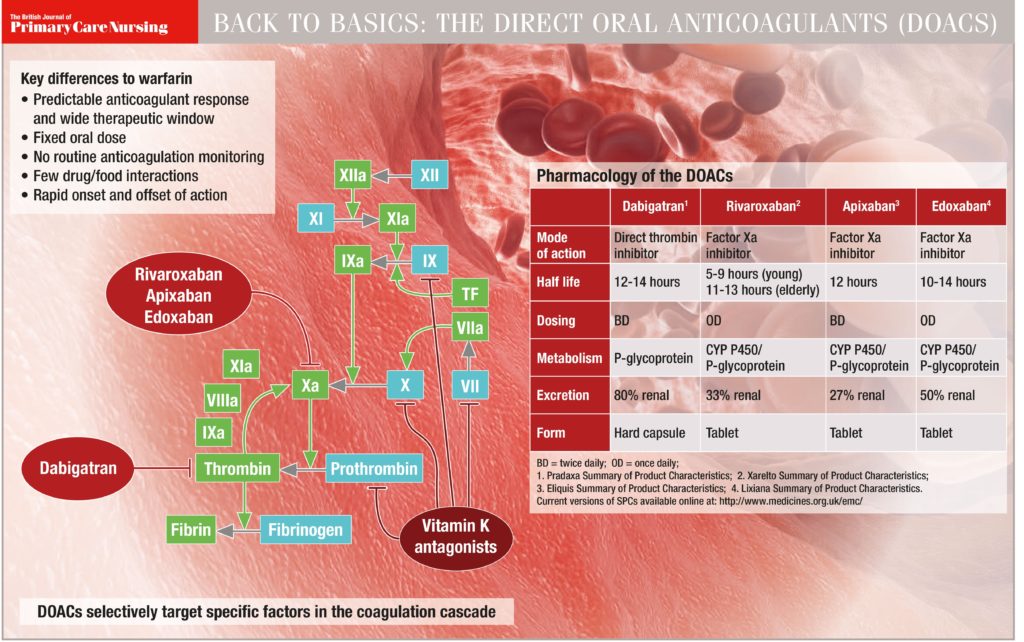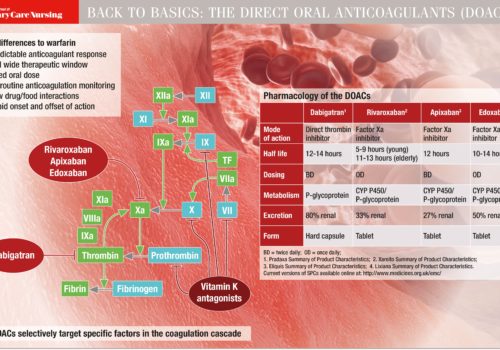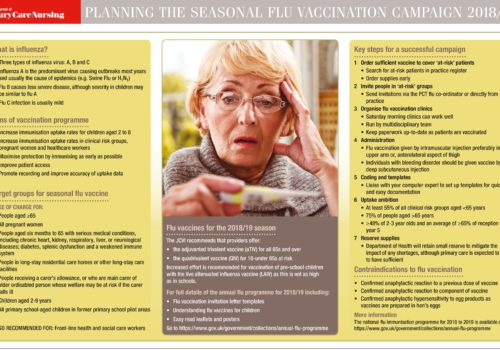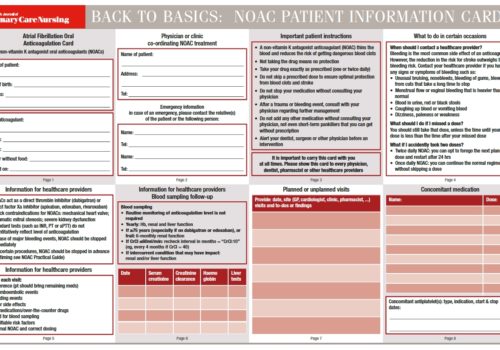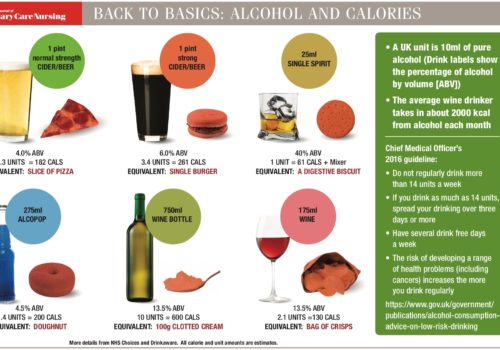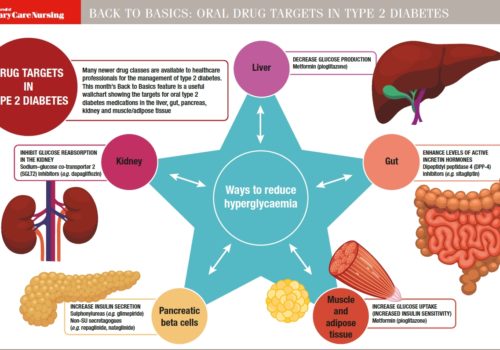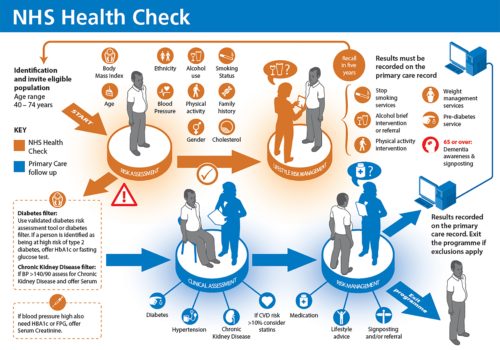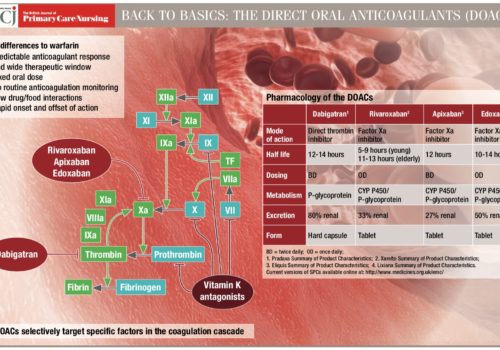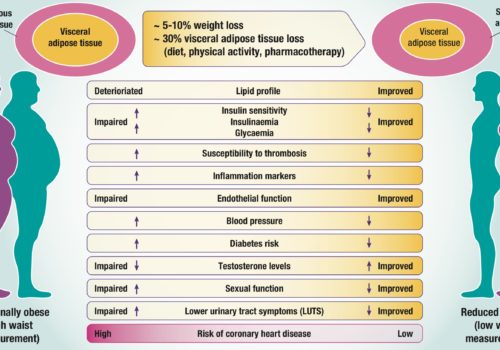This month’s Back to Basics summarizes the main features of the key direct oral anticoagulants (DOACs or NOACS). These drugs are becoming a standard therapy in many settings including stroke prevention, management of deep vein thrombosis and pulmonary embolism, and prevention of venous thromboembolism following hip and knee replacement.
Back to Basics: Seasonal flu vaccination
This month’s Back to Basics highlights details of the upcoming flu vaccination campaign.
Last season’s higher level of activity was a reminder that flu can have a significant impact.
Back to Basics: NOAC patient information card
This month’s Back to Basics feature is a patient information card that is included in the 2018 European Heart Rhythm Association Practical Guide on the use of non-vitamin K antagonist oral anticoagulants in patients with atrial fibrillation. The card can be folded into pocket size and is crucial both for the patient and for healthcare providers.
Back to Basics: Alcohol and calories
This month’s Back to Basics feature is a useful wallchart showing estimates of alcohol content and calorie counts of typical alcoholic drinks. Many people forget the considerable calorific content of drinks and are unaware of how much pure alcohol they are consuming. Having these facts to hand are useful for the patients we see in practice and for our own healthy living!
Back to Basics: Oral drug targets in type 2 diabetes
Many newer drug classes are available to healthcare professionals for the management of type 2 diabetes. This month’s Back to Basics feature is a useful wallchart showing the targets for oral type 2 diabetes medications in the liver, gut, pancreas, kidney and muscle/adipose tissue.
Back to Basics: The NHS Health Check
This NHS Health Check overview shows the target age groups and risk factors assessed during the process. All these details should be recorded on the primary care record. The overview highlights the risk assessment, lifestyle management, clinical assessment and risk management processes involved in the NHS Health Check.
Back to Basics: The direct oral anticoagulants (DOACs)
‘Working’ towards better health
The concept of primary prevention of cardiovascular disease is certainly not new, and although much work has been done, there appears to be a drive to think differently about the way in which such initiatives are delivered. The workplace offers a convenient alternative environment to the conventional health care setting where employees can receive health and well-being services, including health checks and educational sessions.
Case study: Painful diabetic peripheral neuropathy
This case study describes the diagnosis and management of 55-year old man with painful diabetic peripheral neuropathy. He is already receiving treatment for his diabetes but is experiencing burning pain in the soles of his feet, especially at night when lying in bed. He has paresthesia and numbness in toes and his sleep is interrupted because of his condition. He also presents with depression and has a number of diabetic complications and co-morbidities.
Barriers to cardiovascular health in cardiac nurses
Cardiovascular disease (CVD) is the leading cause of death in Ireland and diminishes quality of life and places a burden on health care services. There is little known about CVD with regard to nurses’ health in Ireland. The overall aim of this study was to assess the lifestyle of cardiac nurses working in an acute setting for the first time in Ireland. These findings may have implications for primary care nurses.
Case study: Statin intolerance in a patient with high cardiovascular risk
This case study presents a challenging everyday clinical situation for you to review with guidance from an expert in the field.
Back to Basics: Benefits of weight loss for cardiovascular health (updated January 2018)
This useful wall chart shows how just 5-10% weight loss improves important markers of cardiovascular health, including lipids, blood pressure, diabetes risk and inflammation.

